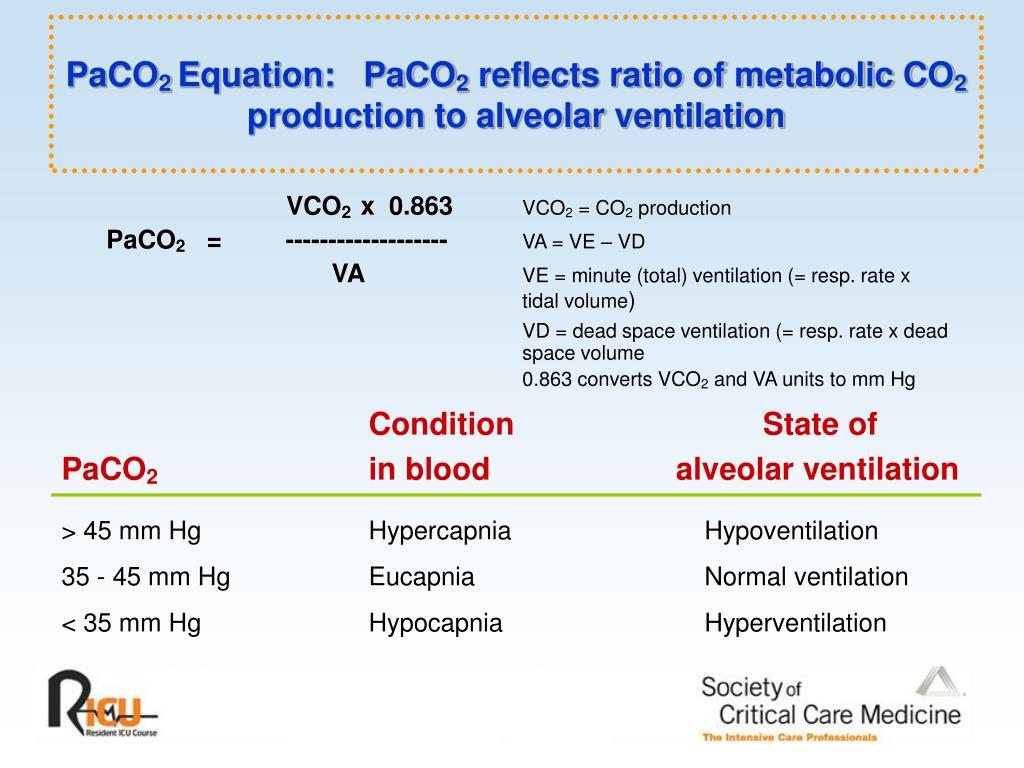


Routine monitoring of dead space to tidal volume ratio in pediatric patients has been demonstrated to permit earlier extubation and to reduce unexpected extubation failures. 6found similar results in critically ill children with lung injury. 4In a prospective study of adults with acute respiratory distress syndrome, patients who died showed a significantly higher mean dead space fraction compared with survivors (0.63 vs. 3A physiologic dead space to tidal volume ratio higher than 0.6 was associated with a 1.5-fold increase in mortality rate in infants with congenital diaphragmatic hernia. It has been used in the diagnosis of pulmonary embolism 2and as a predictor of lung volume during controlled ventilation. 1Respiratory dead space measurement has found wide applications in respiratory physiology, clinical anesthesia, and critical care medicine.

QUANTIFICATION of physiologic dead space (Vd phys) provides important insight regarding the efficiency of ventilation and its relation to pulmonary perfusion.


 0 kommentar(er)
0 kommentar(er)
